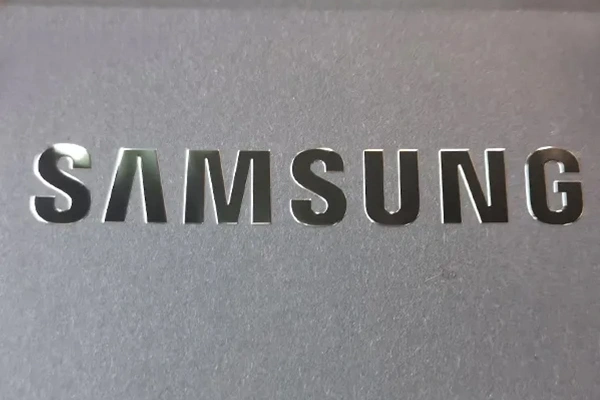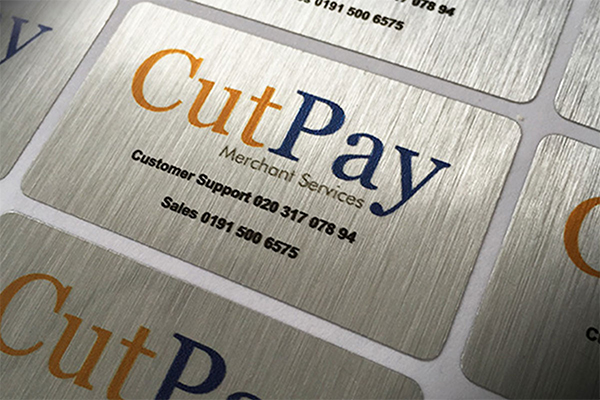Himgo delivers high-quality, cost-effective metal nameplates for you.
1. Why the File Format Matters in Custom Manufacturing
The first step in custom metal emblem production isn’t the machine—it’s your design file. A production-ready file ensures:
Accurate die-cutting and laser etching
Crisp and clear engraved details
Shorter lead times and fewer revisions
Lower cost per unit due to fewer errors
🧠 Tip: The better your file, the faster we can start production.
2. Recommended File Formats (and Why)
✅ Vector Files — Best for Precision
Accepted: .AI, .EPS, .PDF, .SVG, .CDR
Vector graphics don’t pixelate when scaled
Perfect for laser cutting, stamping, and engraving
Clean edges = professional results
⚠️ Make sure to outline all fonts before sending!
✅ Raster Files — For Reference Only
Accepted (with limitations): .JPG, .PNG, .TIFF
Useful for mockups or preview
Not suitable for cutting or etching directly
Often requires redrawing by our team
✅ 3D CAD Files — For Raised, Molded, or Cast Emblems
Accepted: .STEP, .STP, .IGES, .OBJ
Required for 3D molding or metal casting
Ideal for emblems with depth or complex surfaces
3. Don’t Have the Right File Format? Here’s What to Do
Don’t worry — many clients don’t have production-ready files. If you only have:
A scanned image or photo
A low-resolution logo from marketing materials
A sketch or idea
👉 We can redraw, vectorize, or model your logo in-house.
Just upload what you have and our engineering team will handle the rest.
🛠️ Bonus: Our team works directly with your file — no middleman, no delays.
4. What to Include with Your File Submission
To prevent back-and-forth and speed up production, include:
| Requirement | Description |
|---|---|
| File Type | Preferably AI, EPS, or STEP |
| Fonts | Convert to outlines/curves |
| Dimensions | Specify size in inches or mm |
| Color/Finish Notes | Tell us if you need plating, printing, or engraving |
| Placement Guidelines | If the emblem needs to fit a specific area or shape |
5. Common Mistakes to Avoid
❌ Sending a screenshot instead of the source file
❌ Forgetting to outline fonts
❌ Providing a logo too small (e.g., 72 DPI JPG)
❌ Using proprietary software formats (e.g.,
.PSDwith layers)
6. FAQ Section
Q: What if I only have a logo image in JPG or PNG?
A: That’s okay. We can trace and convert it to a vector format for production.
Q: I’m not a designer. Can you prepare the file for me?
A: Absolutely. Just send what you have, and our team will take it from there.
Q: Will you modify my design?
A: Never. We strictly follow your instructions — unless you request design help.
7. Final Thoughts
Providing the correct file format is the first step to a successful custom metal emblem. Whether you’re preparing a logo for a car badge, industrial equipment, or branded packaging — clean, vector-ready files make all the difference.
And if you’re unsure, just ask. We’re a direct manufacturer, and our job is to turn your idea into a tangible, high-quality product — no confusion, no middlemen.



